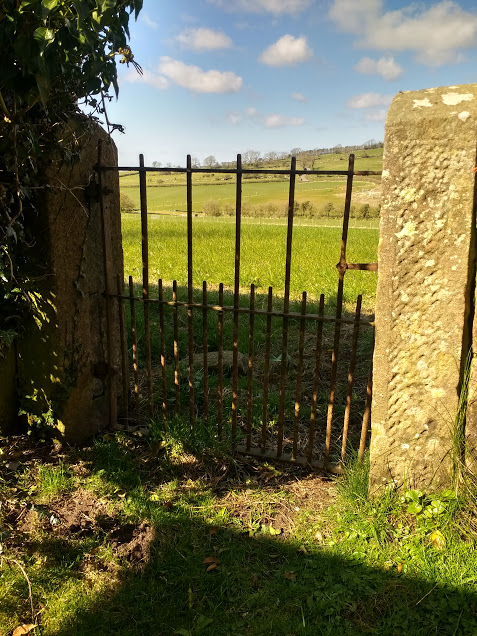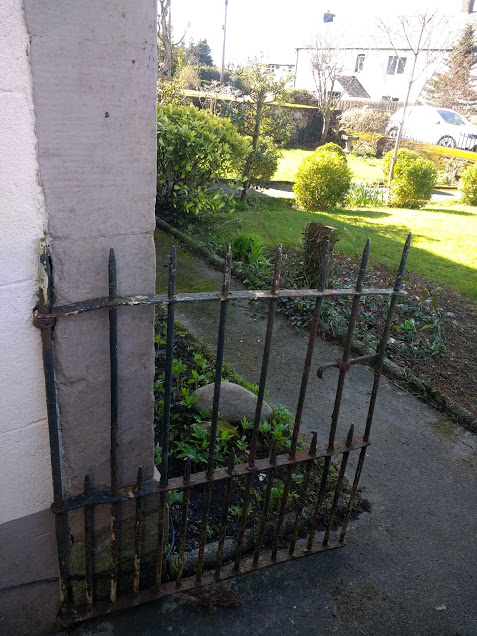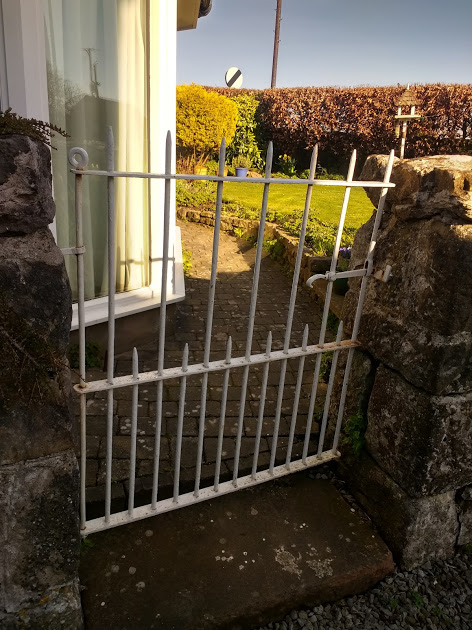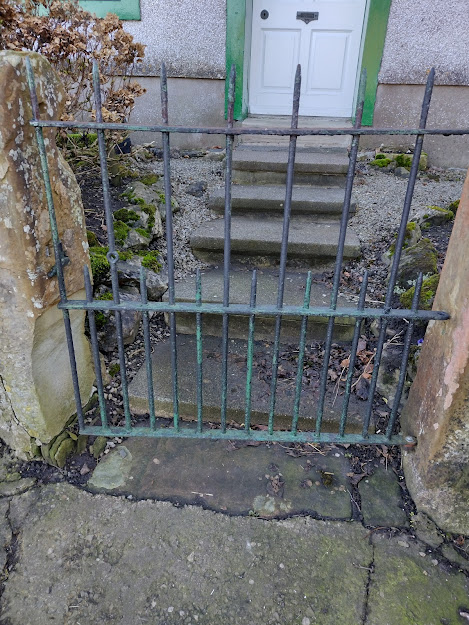-
07540 274737
Industry and Mining
Industry and mining in the district
Tallentire Hall had its own blacksmith shop, which was probably mainly for the maintenance of the Tallentire Hall estate, and its horses and agricultural equipment.
Tallentire Hall had its own coking plant and gasworks serving the Hall with its gas supply and coke for its heating.
There has been some mining of coal within Bridekirk parish. Just
on the western edge of Bridekirk Parish there was a mine situated at what is
now referred to as Coalpit Wood on the edge of the Dovenby Estate. It would appear that this mine closed in about 1932.
There was a large mine at Bullgill, which is not far away which employed up to 245 men. The mine appears to have closed about 1910. Some of the men who worked at Bullgill lived in Tallentire, and there was a story told to us by an elderly resident some years ago about a disaster there, with the injured and deceased being brought to Greenbank Cottage. Some of these were probably:-
Ashburn,
Isaac, 24 Nov 1905, aged 54; Ritson,
Robert, 22 Oct 1905 aged 64; Routledge,
George, 09 May 1902 or Simpson, William, 04 Jan 1865, aged 19. There may have been more casualties at the mine than these.
In the parish there are a number of limestone quarries, and some former lime kilns which would have produced quicklime and slaked lime for making mortar for building work and fertilising the fields. Stone from the quarries would have been needed for the extensive stone walls, and the houses and agricultural buildings.
The villages would have needed blacksmiths, and some detail on these is included below.





Gates in the parish which are all similar and were probably made in the Tallentire smithy:-
Pictures as numbered below:-
1) Gate leading from the churchyard towards the former vicarage
2) Gate leading from the churchyard to the public footpath in the field.
3) Gate in the Fernleigh garden.
4) Gate leading into Lilac Cottage garden.
5) Gate leading to Greenbank garden.
It would be interesting to know of any similar gates in the area, when details could possibly added to the selection of images above. Contact webmaster@bridekirkparish.org.uk to notify. An image would be useful.
Historically, what we now regard as industry in a rural village would have been limited to blacksmithing, mining and quarrying. Our Bridekirk parish villages would have been in this mold. Some services would have been provided by nearby Cockermouth, but our villages would have been at least partially self-sufficient. One of the more important services would have been the smithy in those days of horse power. Not only shoes for the horses, but carts, wagons, ploughs, gate catches and hinges and wrought iron garden gates would all have been locally made.
It is these garden gates which remain one obvious piece of this history in our parish.
The blacksmith’s shop in Tallentire was at Smithy Croft.
From 1841 until 1881 John Harrison Sharp was listed as the blacksmith. There is no record of a grave in St Bridget’s Bridekirk churchyard, but by the date of the 1881 census he was 78 years old. John’s son, Thomas was a blacksmith in 1871, but is not on the 1881 census. Sadly there is a record of a Thomas Sharp aged 38 dying in Cockermouth between April and June in 1871.
The blacksmiths who worked in Dovenby are detailed here, with the information taken from the 1921, 1925 and 1929 Kelly’s Directories, which lists residents, but only includes any persons considered important and some larger tradespeople.
Jonathan Carr is shown in the 1921 Kelly’s Directory as the
Dovenby Blacksmith. The blacksmith shown in Dovenby in 1925 was William
Robinson, being assisted by Jonathan Carr. Jonathan Carr is again shown
this time in the 1929
Kelly’s Directory as the only Dovenby Blacksmith. Jonathan is yet again
shown in the emergency census of 1939, which was to identify potential
for miliatary conscripts as living in The Bungalow, Dovenby as 55 years
old, and too old for military service. He was still shown as Farrier
& General Blacksmith.
Up to now, I have been unable to identify census or other records for William Robinson.
There was a blacksmith's shop in the outbuildings of Tallentire Hall which presumably served the estate.